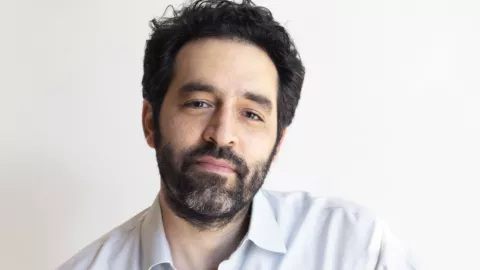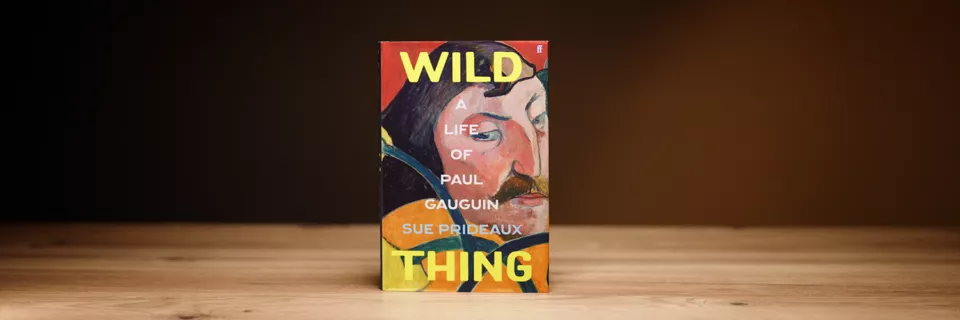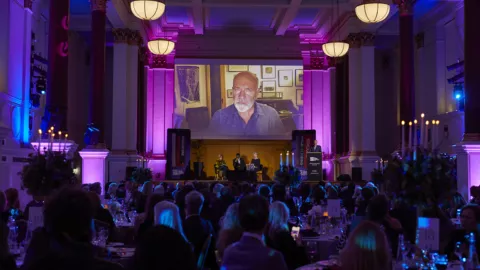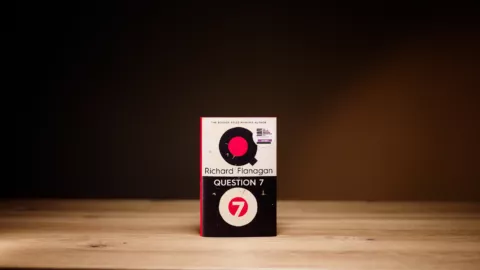
Jonathan Blitzer Longlist Interview
9 October 2024
How does it feel to be longlisted?
I’m thrilled to be on the longlist of the Baillie Gifford Prize. It’s a great honour.
How did you conduct your research?
When I write a biography, as well as archive and library work, I walk the walk. You discover so much on the ground, and this is particularly true of a painter. The landscape of Brittany has a tough, stormy quality that transfers to his canvases. Tahiti and the Marquesas Islands are close to the Equator and the colours there are incredibly intense: you think he’s exaggerating colour until you actually get there and see for yourself. Gauguin’s wife Mette was Danish. One of their sons, Pola, lived in Norway and wrote a great deal about his parents in Norwegian, including a book that has not been translated into English. Norwegian is my mother tongue, I lived there as a child. I was able to read family papers in both Norwegian and Danish, and Gauguin’s descendants were terrifically generous lending me books and papers. I can’t thank them enough.
How did you approach balancing Gauguin's artistic achievements with his controversial personal life in the biography?
This very question is what led to writing the book. I have always loved Gauguin’s art. In 2019, the National Gallery’s exhibition brought calls for him to be cancelled because of his personal life. Some even said his work should be burned. Could I really get away with the hoary old excuse of loving the art and hating the man? As a biographer, my job is to research. Was Gauguin a paedophile? The age of consent in France and the colonies at the time was 13. Pretty typical of the 1880s. In the American States it was between 10 and 12 except in Delaware where it was 7. Disgusting as it is, Gauguin was doing nothing illegal or, I’m afraid, unusual. The second charge of spreading syphilis through the South Seas was disproved by the forensic examination of his teeth.
What new material did you discover about Gauguin and how did it change the narrative of his life and work?
A cluster of new discoveries drove the book. In 2018 an article in the scientific journal Anthropol wrote up the examination of four of Gauguin’s teeth by DNA testing and strontium isotope analysis, concluding that there was no evidence of syphilis. In 2020, Gauguin’s long lost manuscript Avant et après resurfaced, after having mysteriously vanished for a century: two hundred handwritten pages, beautifully illustrated, containing Gauguin’s thoughts on life, God, art and lots of other things besides. It was offered to the British Government in lieu of death duties and is now housed in the Courtauld. They have been very generous in allowing me to use it. The final valuable new resource came in 2021 when the Catalogue Raisonné of Gauguin’s paintings was completed.
What do you hope readers will take away from your re-examination of Gauguin's life and legacy?
In writing the story of a flawed but astonishing man, I have tried not to condemn, not to excuse but simply to shed new light on the magnificent artist who was also a neck-or-nothing adventurer, loved by the indigenous communities he championed, and hated by their French colonial masters.


10 April 2025

17 December 2024

19 November 2024